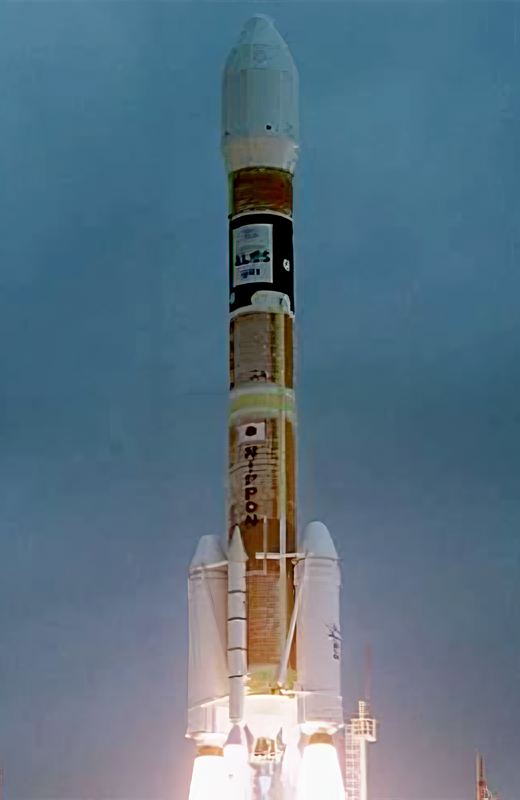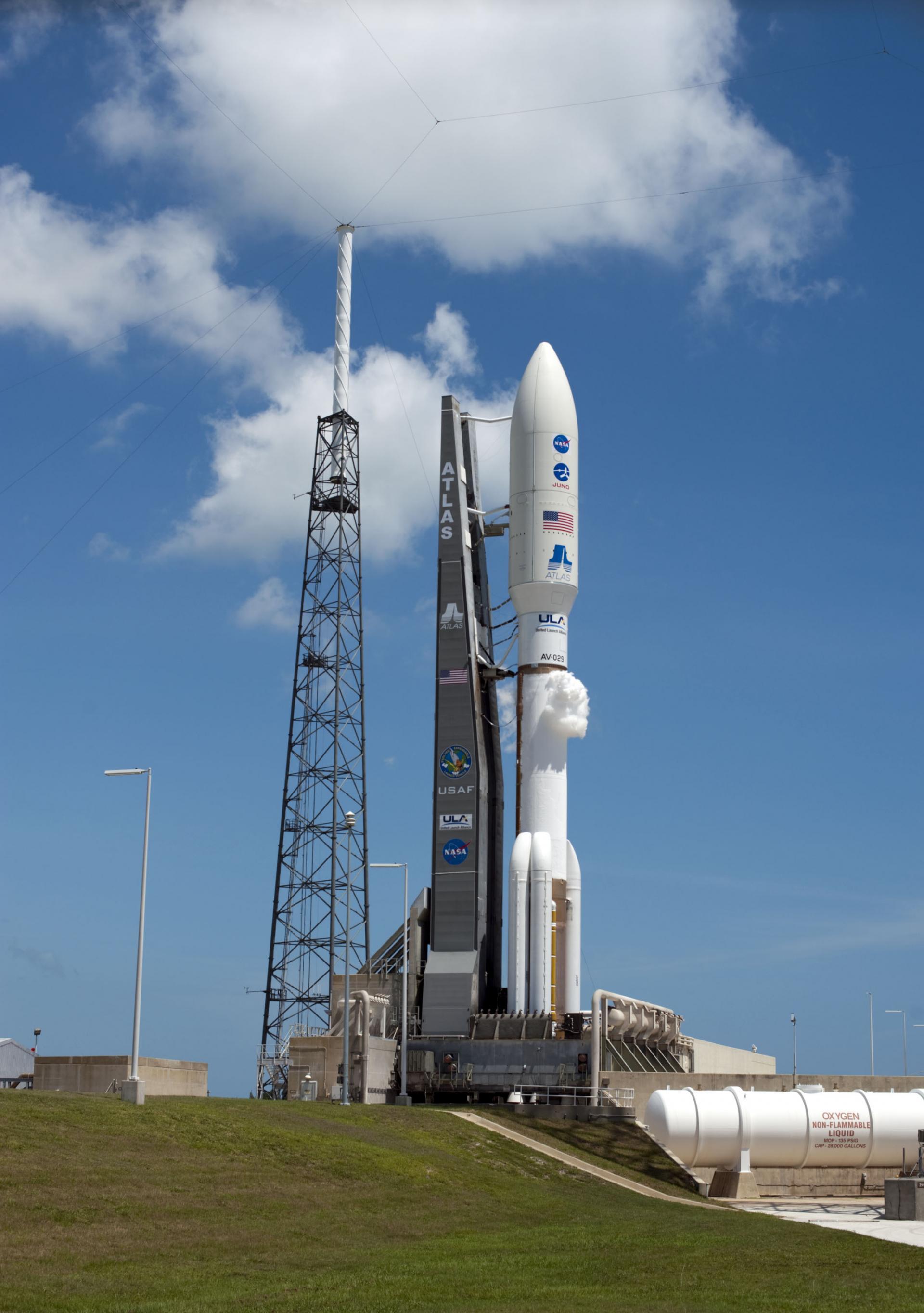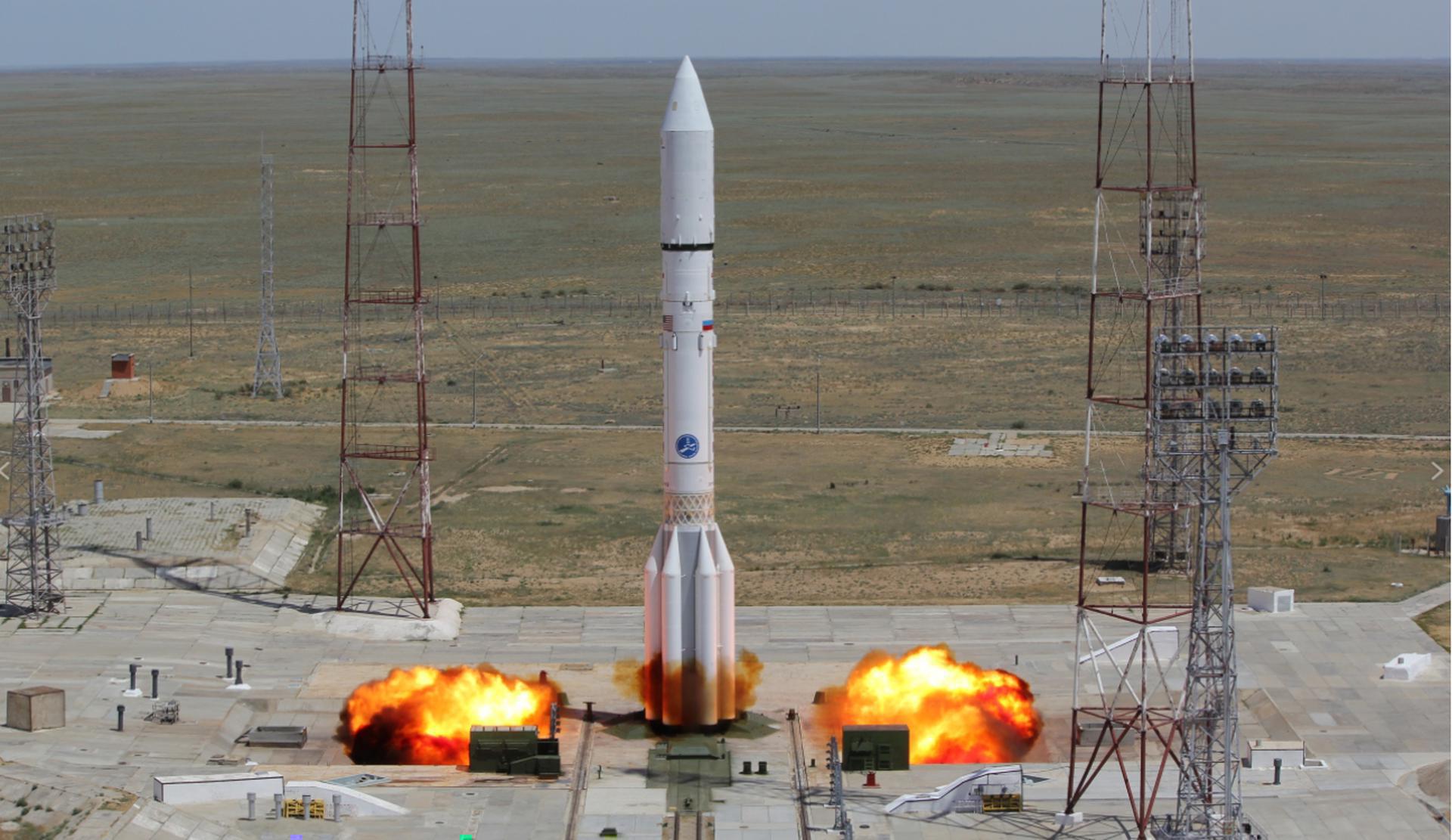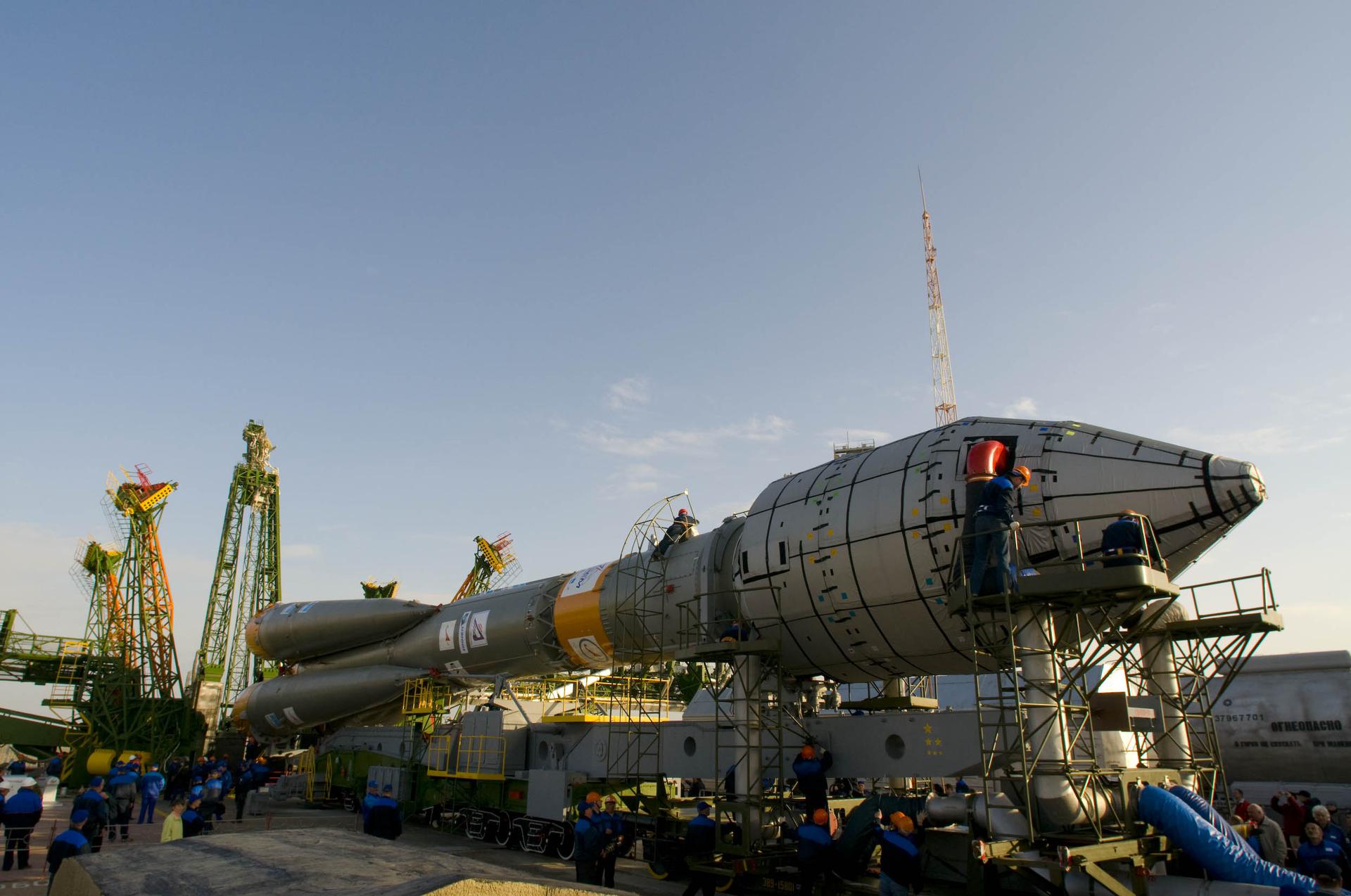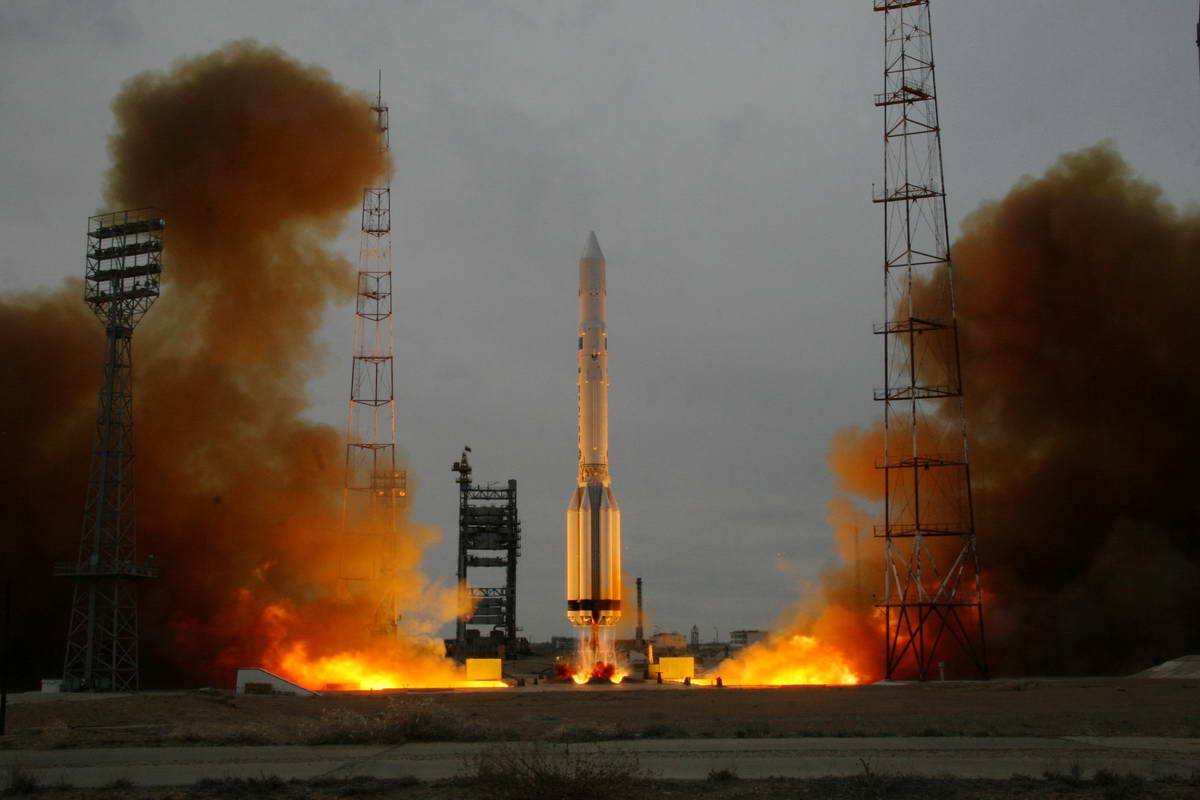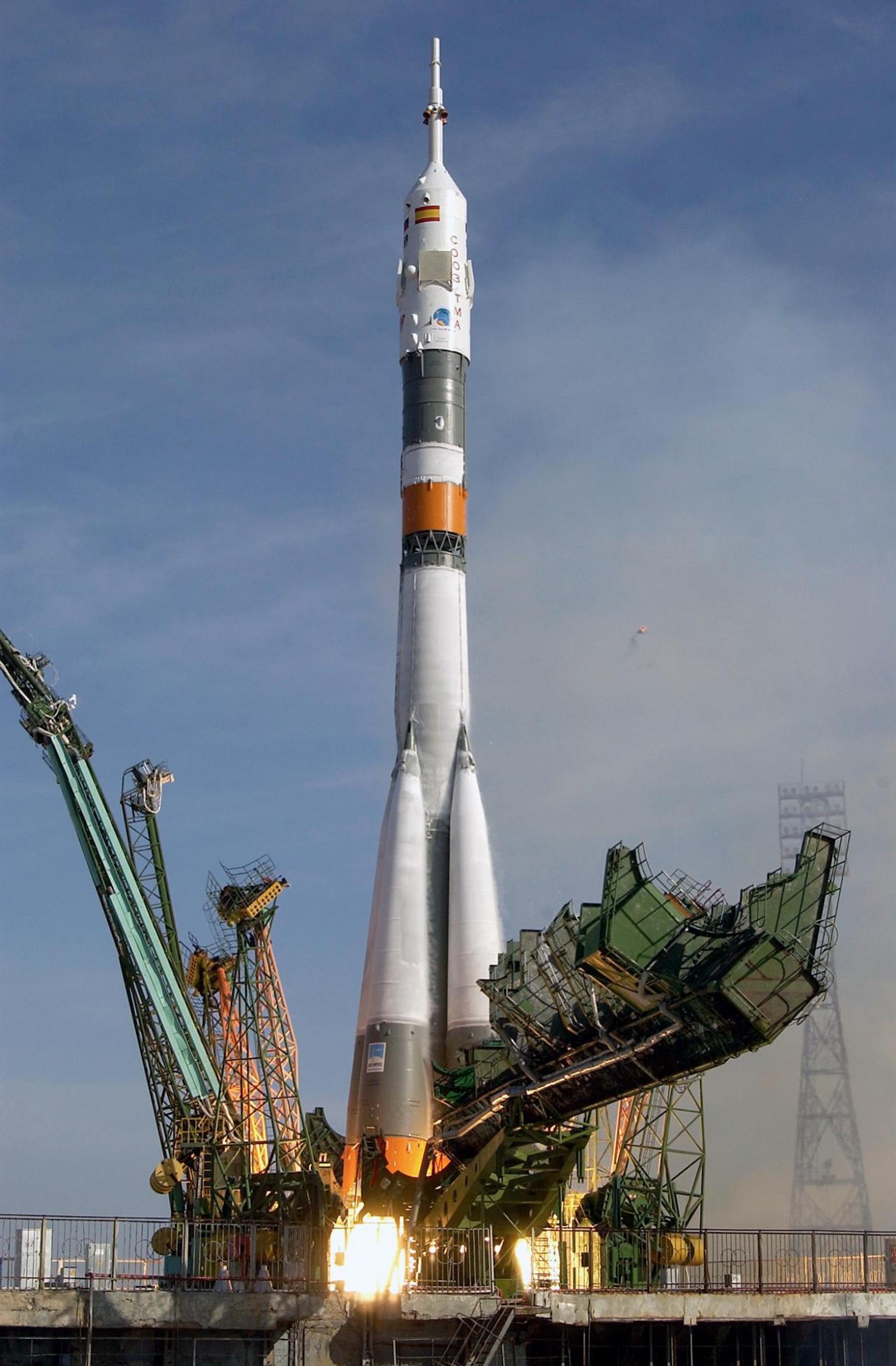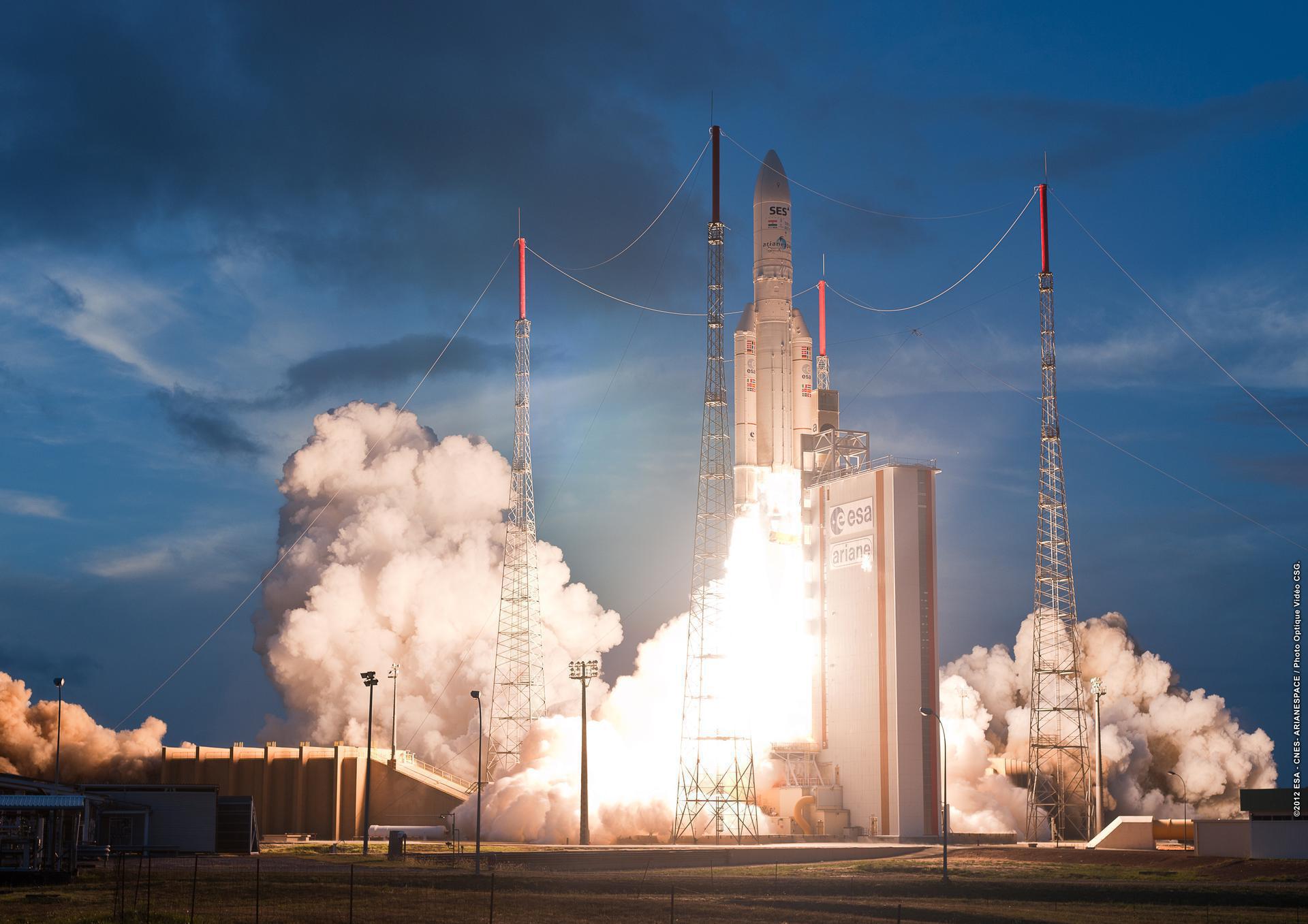Previous Spaceflight Launches
Filter by Agency, Locations or Vehicles
Show All LaunchesZenit | Echostar X
Sea Launch | RussiaSea Launch
Feb. 15, 2006, 11:34 p.m.
H-IIA 2022 | Daichi
Mitsubishi Heavy Industries | JapanTanegashima Space Center, Japan
Jan. 24, 2006, 1:33 a.m.
Status: Launch Successful
Mission:
ALOS (Advanced Land Observation Satellite) is used for cartography, regional observation, disaster monitoring, and resource surveying. ALOS has three remote-sensing instruments: - the Panchromatic Remote-sensing Instrument for Stereo Mapping (PRISM) for digital elevation mapping with 2.5 meter resolution, - the Advanced Visible and Near Infrared Radiometer type 2 (AVNIR-2) for precise land coverage observation with 10 meter resolution, and - the Phased Array type L-band Synthetic Aperture Radar (PALSAR) for day-and-night and all-weather land observation. ALOS transmitts its data via the DRTS (Kodama) satellite. The ALOS was launched by an H-2A-2022 launch vehicle from the Tanegashima Space Center. ALOS as been given the nickname Daichi. Five minutes after spacecraft separation, ALOS began to unfurl its 72-foot solar array that will provide electrical power to the craft throughout its mission. Six cameras are on-board to visually verify the correct deployment of the solar panel and various instrument antennas. ALOS lost all power on 22. April 2011, thus ending the mission.
Sun-Synchronous OrbitAtlas V 551 | New Horizons
United Launch Alliance | United States of AmericaCape Canaveral SFS, FL, USA
Jan. 19, 2006, 7 p.m.
Status: Launch Successful
Mission:
New Horizons is an interplanetary space probe that was launched as a part of NASA's New Frontiers program. Engineered by the Johns Hopkins University Applied Physics Laboratory (APL) and the Southwest Research Institute (SwRI), with a team led by S. Alan Stern, the spacecraft was launched in 2006 with the primary mission to perform a flyby study of the Pluto system in 2015, and a secondary mission to fly by and study one or more other Kuiper belt objects (KBOs) in the decade to follow. It is the fifth artificial object to achieve the escape velocity needed to leave the Solar System.
Solar Escape TrajectoryProton-M Briz-M | AMC 23
Khrunichev State Research and Production Space Center | RussiaBaikonur Cosmodrome, Republic of Kazakhstan
Dec. 29, 2005, 2:28 a.m.
Status: Launch Successful
Mission:
This series of satellites based on the new generation Spacebus-4000C3 platform has been originally ordered by GE-Americom as GE 1i, 2i, 3i, 4i and 2E. They were renamed to AMC after SES took over Americom and some were cancelled in this process.
Geostationary OrbitSoyuz-FG | Giove A
Progress Rocket Space Center | RussiaBaikonur Cosmodrome, Republic of Kazakhstan
Dec. 28, 2005, 5:19 a.m.
Proton | Uragan 87, Uragan-M 4 & 5
Khrunichev State Research and Production Space Center | RussiaBaikonur Cosmodrome, Republic of Kazakhstan
Dec. 25, 2005, 5:07 a.m.
Ariane 5 GS | INSAT-4A, Meteosat 9
ArianeGroup | FranceGuiana Space Centre, French Guiana
Dec. 21, 2005, 10:33 p.m.
Kosmos-3M | Strela-3M 1
Russian Space Forces | RussiaPlesetsk Cosmodrome, Russian Federation
Dec. 21, 2005, 7:34 p.m.
Status: Launch Successful
Mission:
Strela-3M (also known as Rodnik-S) is an improved version of the Strela-3 military communications satellites. The first one was launched on 21.12.2005 on a Kosmos-3M booster together with a Gonets-M satellite, which represents the civilian version. Later satellites were launched on Rokot-KM boosters.
Geostationary OrbitSoyuz U | Progress M-55
Russian Federal Space Agency (ROSCOSMOS) | RussiaBaikonur Cosmodrome, Republic of Kazakhstan
Dec. 21, 2005, 6:38 p.m.
Ariane 5 ECA | Spaceway F2, TELKOM-2
ArianeGroup | FranceGuiana Space Centre, French Guiana
Nov. 16, 2005, 11:46 p.m.
Status: Launch Successful
Mission:
Spaceway F2 is part of a constellation of direct broadcast satellites operating at 99.2 degrees West serving DirecTV customers. Telkom-2 is a communications satellite operating at 118 degrees East, improving communications coverage accross Indonesia, souteast Asia and India.
Geostationary Transfer Orbit
